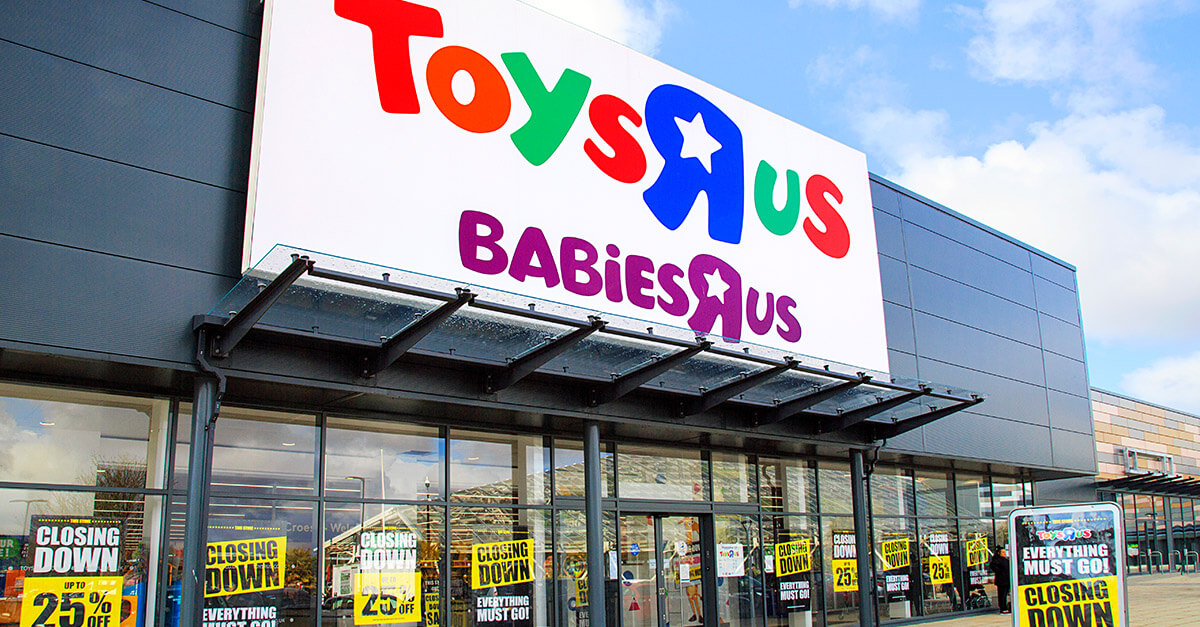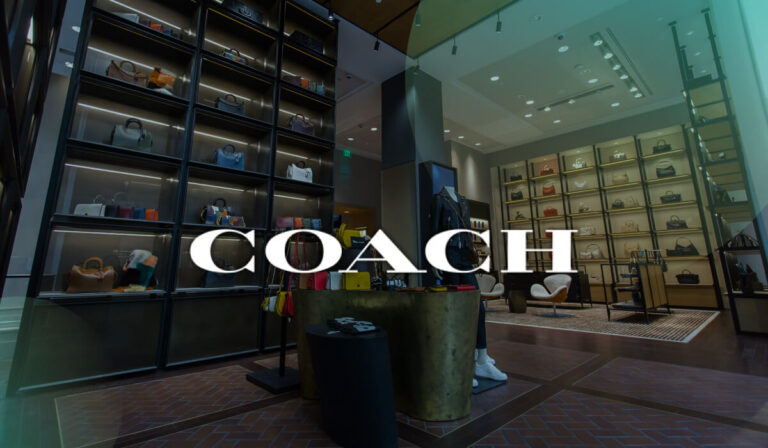The news that Toys ‘R’ Us has begun shutting down its stores was widely met with wistful dismay. What was once an iconic retailer for previous generations will be unknown by future ones. Yet there is a reason the giant toy-seller declared bankruptcy last year and is shuttering outlets: its business was drying up. Nostalgia, it turns out, isn’t enough to get customers in the door.
But what doors they were. To pass through them was to enter a wonderland of playthings — pretty much anything a child could dream up was there, one just had to walk through the endless aisles and search the myriad of shelves to find that special treasure. It’s a brand that’s so beloved, one toy executive went as far as to launch a GoFundMe campaign to keep the retailer alive, throwing in $200 million of his own money.
With a customer base so devoted, how could the company be failing? The answer is simple: What worked yesterday won’t automatically work today. Companies must constantly innovate to survive.
The world turned, but Toys ‘R’ Us stood still
As a parent of two vastly different children — a 4.5 year old boy and a 2.5 year old girl — the issue for Toys ‘R’ Us isn’t that kids don’t like to play anymore. They do. If I see another Minions toy on the ground I may lose my mind. But what was once the strength of Toys ‘R’ Us – it’s ability to stock a vast range of toys – became its downfall. If a customer is looking for sheer range, it’s easier to log on to Amazon where the selection is as big, if not bigger. As a parent, you’re also able to avoid the sensory overload and likely hysteria your kids experience walking in. And if any toy will do, it’s more convenient to pick one up at a Walmart or Target while shopping for toilet paper or shampoo.
Over time, Toys ‘R’ Us also lost its edge on both variety and convenience. The dedicated toy stores that are thriving today are smaller, local shops that cater to specific niches, such as puzzles or developmental toys. These shops offer experiences that you cannot get online or running up and down aisles. My son might disagree, but I digress.
When we look back at Toys ‘R’ Us history, its founder, Charles Lazarus, opened his first toys-only shop in 1957, and the concept was revolutionary. The store was modeled on the supermarket, with a seemingly limitless array of toys stocked high on shelves, aisle after aisle. At the time, Lazarus was meeting a need for new Baby Boomer families in a cutting-edge fashion. But the store did little to innovate over the decades, and more than half a century later a shopper could find those same endless aisles of tall, densely stocked shelves.
By then, tastes had changed, as had consumer behaviors. Shoppers now want an enjoyable and compelling experience. They want a coffee shop, a demonstration area or classes for the kids, or at the very least free wi-fi.
The generic feel of Toys ‘R’ Us grew stale for customers who were being courted by retailers offering novel or customized encounters.
The generic feel of Toys ‘R’ Us grew stale for customers who were being courted by retailers offering novel or customized encounters. Nor did Toys ‘R’ Us respond to the changing digital marketplace. Both Walmart and Target provided better online experiences, and Toys ‘R’ Us never managed to adequately compete in the eTail realm. With no online game, Toys ‘R’ Us needed to find a way to get customers inside its stores. It never did.
The mega-retailer did manage to capture the holiday foot traffic, which a GroundTruth analysis showed spiked to 94% above the year’s monthly average in December of 2017, but it didn’t manage to hold on to it. By the following month, foot traffic at the toy stores had fallen to 21% below average. Holiday revenue can help, but a retailer can’t count on it to make up for the rest of the year.
Toys ‘R’ all of us if we’re not careful
Part of the problem Toys ‘R’ Us faced is one that other retailers are confronting: By the time the company realized it needed to pivot, it was laden with debt and its bottom line was in critical condition. In a demanding environment that necessitates consistent sales, management often doesn’t have the time, energy, or money to make innovation a priority.
This is where performance-based marketing models can help. They allow executives to determine not only how many impressions their dollars buy but, far more importantly, the result of that spending, i.e. a store visit or, better yet, a sale. Having that information eliminates guesswork, freeing up time for creativity and innovation.
Being able to respond to an evolving marketplace is essential. As Toys ‘R’ Us shows, a company can run enough ads for the public know every word to its jingle by heart, but unless that translates into purchases, even the most beloved of brands can fail.





